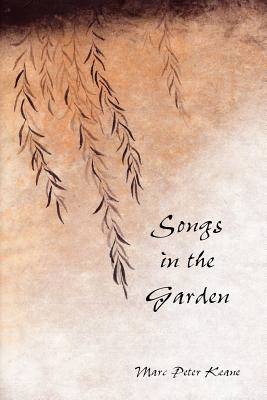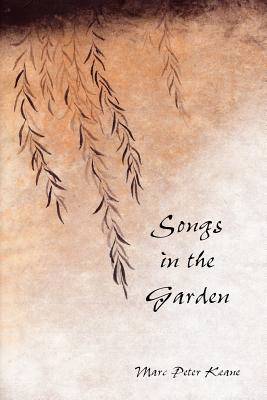
- Afhalen na 1 uur in een winkel met voorraad
- Gratis thuislevering in België vanaf € 30
- Ruim aanbod met 7 miljoen producten
- Afhalen na 1 uur in een winkel met voorraad
- Gratis thuislevering in België vanaf € 30
- Ruim aanbod met 7 miljoen producten
Zoeken
€ 29,45
+ 58 punten
Omschrijving
The garden as a poem. Not simply a beautiful design to be appreciated by looking, but a living poem that can actually be read. That is the way gardens were thought of in Japan during the Heian period (794-1185). In that ancient society, a detailed understanding of poetry was an essential part of life for people in the literate classes. Poetic anthologies were learned by heart and all manner of communications either included poems or were interwoven with references to poetry. A central aspect of Heian-period poetry was that it employed images of nature as symbols of human emotions. A lonely pine tree on a windswept, rocky seashore evoked the bitter sadness of someone waiting for their lover. A scene of cut reeds, fallen and scattered this way and that, was a standard epithet to express unsettled, scattered emotions.When gardens were built, many of those same elements of nature - pines and reeds and so many more - were also incorporated into the designs. When gardens were viewed, they were understood not simply as objects of visual beauty, but as being filled with allegorical meanings drawn from poetry. These visual cues triggered in the minds of people in the garden the memory of poems they knew, and acted as catalysts in the creation of new ones. The word for poem, uta, was the same as that for song, and poems at that time were often sung or chanted, rather than spoken. In this way, the poetic elements were like songs in the garden.The author, Marc Peter Keane, is well-known both as a garden designer and writer. Having lived 18 years in Kyoto, Japan, he brings ample first hand knowledge to the subject. Songs in the Garden not only describes the nature of gardens in Japan 1000 years ago, but also suggests a new paradigm for understanding what gardens can mean to us today.
Specificaties
Betrokkenen
- Auteur(s):
- Uitgeverij:
Inhoud
- Aantal bladzijden:
- 258
- Taal:
- Engels
Eigenschappen
- Productcode (EAN):
- 9780615603384
- Verschijningsdatum:
- 10/05/2012
- Uitvoering:
- Paperback
- Formaat:
- Trade paperback (VS)
- Afmetingen:
- 152 mm x 229 mm
- Gewicht:
- 349 g

Alleen bij Standaard Boekhandel
+ 58 punten op je klantenkaart van Standaard Boekhandel
Beoordelingen
We publiceren alleen reviews die voldoen aan de voorwaarden voor reviews. Bekijk onze voorwaarden voor reviews.











